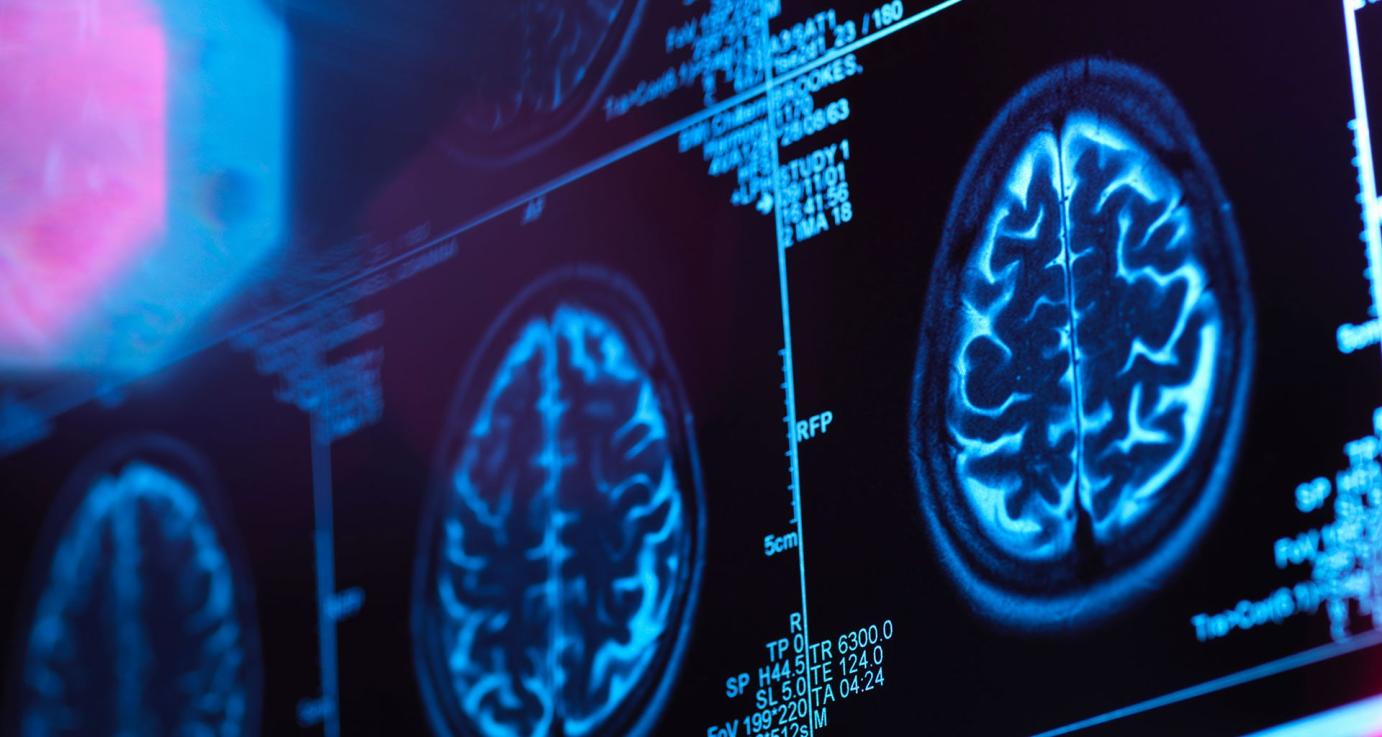How Can We Use Neuroscience to Improve Learning and Education?
Introduction

Neuroscience, the study of the brain and nervous system, holds immense potential for revolutionizing teaching methods and improving educational outcomes. By understanding how the brain learns, we can design educational experiences that are more effective, engaging, and aligned with the natural processes of brain development.
The Brain and Learning
The brain is a complex organ composed of billions of neurons that communicate with each other through electrical and chemical signals. Different regions of the brain are responsible for different functions, including learning and memory. Key areas involved in learning include the hippocampus, which is involved in forming new memories, and the prefrontal cortex, which is involved in higher-order thinking and decision-making.
There are different types of learning, including declarative learning (learning facts and information), procedural learning (learning how to do something), and implicit learning (learning without conscious awareness). Each type of learning is supported by different brain regions and processes.
Neuroplasticity, the brain's ability to change and adapt in response to new experiences, is essential for learning. When we learn something new, the brain creates new connections between neurons or strengthens existing connections. This process, known as synaptic plasticity, underlies the formation of memories and the development of new skills.

Neuroscience-Based Learning Principles
Research in neuroscience has led to the identification of key principles that can be applied to improve learning and education. These principles include:
- Active Learning: Learning is more effective when students are actively engaged in the learning process, such as through hands-on activities, discussions, and problem-solving.
- Spaced Repetition: Repeating information over time, rather than cramming it all at once, helps to strengthen memories and improve retention.
- Interleaving: Mixing different types of problems or tasks within a single study session can improve learning and retention compared to studying each type of problem separately.
- Creating a Stimulating and Supportive Learning Environment: A positive and supportive learning environment, where students feel safe and encouraged to take risks, is essential for promoting brain development and learning.
Practical Applications of Neuroscience in Education
Neuroscience research has been used to develop a variety of effective teaching methods and educational interventions. Some examples include:
- Mindfulness and Meditation: Mindfulness practices, such as meditation and deep breathing, have been shown to improve attention, focus, and emotional regulation, which can all contribute to improved learning.
- Dual Coding: Presenting information in both verbal and visual formats can improve comprehension and retention, as it engages multiple brain regions and pathways.
- Gamification: Incorporating game elements, such as points, rewards, and challenges, into learning activities can increase motivation and engagement, leading to improved learning outcomes.
- Personalized Learning: Tailoring instruction to the individual needs and learning styles of students can improve engagement and outcomes. This can be achieved through adaptive learning platforms that track student progress and adjust the difficulty of the material accordingly.
The Future of Neuroscience in Education
Emerging trends and advancements in neuroscience research have the potential to further improve learning and education. These include:
- Brain-Computer Interfaces (BCIs): BCIs allow direct communication between the brain and a computer. This technology has the potential to be used to develop new educational tools and interventions that can directly stimulate or modulate brain activity to enhance learning.
- Neurofeedback: Neurofeedback provides real-time information about brain activity, allowing individuals to learn how to control their brainwaves and improve their cognitive performance.
- Personalized Learning Platforms: Advances in artificial intelligence and machine learning are enabling the development of personalized learning platforms that can adapt to the individual needs and learning styles of students in real time.
Conclusion
Neuroscience has the potential to revolutionize learning and education by providing a deeper understanding of how the brain learns and by informing the development of more effective teaching methods and educational interventions. By bridging the gap between neuroscience research and educational practice, we can create learning environments that are more engaging, effective, and aligned with the natural processes of brain development.
YesNo

Leave a Reply